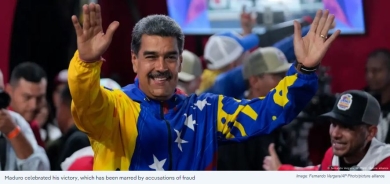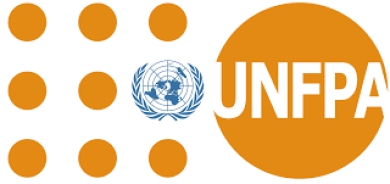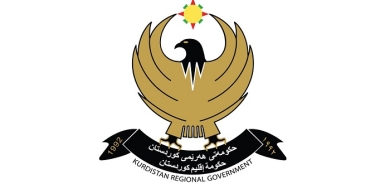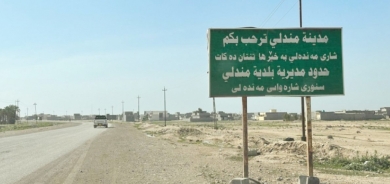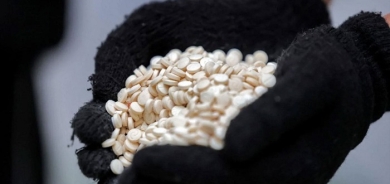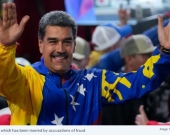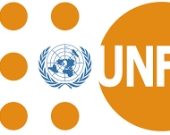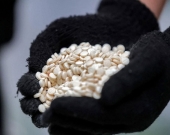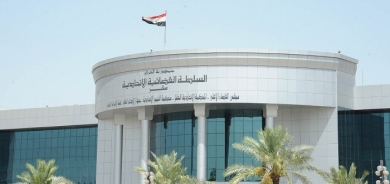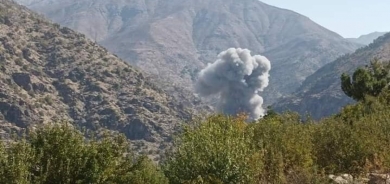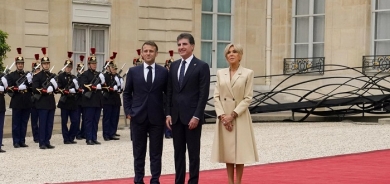Kurdish new year celebrations are sweet in the post-Saddam Hussein era
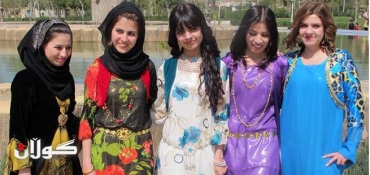
I arrived on the eve of Nowruz, the Kurdish New Year. It was dark. Fireworks were exploding over the city. Tens of thousands of noisy, exuberant Kurds were packed into the central boulevard of Salim Street, which was ablaze with festive illuminations.
The women and girls, many with their heads uncovered, wore make-up, golden jewellery and shimmering, sequined dresses. The older men sported traditional Kurdish costumes with baggy trousers. Every few hundred yards Kurdish musicians were playing on stages. People danced in groups. Parents bought kebabs, spiced broad beans and roasted sunflower seeds for themselves, ice-creams and candy floss for their children. Teenagers flirted discreetly.
A fair number of southern Iraqis and Kurds from neighbouring Iran had come to enjoy the revelry. A few manifestly gay men, and even the odd drunk, wandered uncensured through the happy crowds.
The previous day more than 50 people had been killed in sectarian car bombs in distant Baghdad, but here in Sulaimaniyah, in the largely autonomous and peaceful region of Kurdistan, security was relaxed. Though Western, I felt entirely safe. Never before in Iraq had I experienced such tolerance, friendliness and absence of fear, which was at least partly because Nowruz has nothing to do with religion.
The festival celebrates the beginning of spring and, according to Kurdish folklore, the toppling of Zuhak, a child-killing tyrant, by Kawa, a blacksmith. Zuhak was so evil that spring never came to his kingdom, but it arrived the day after his death and his subjects celebrated by lighting fires on the hillsides.
More recently, of course, the Kurds have celebrated the toppling of a modern-day tyrant — Saddam Hussein — which is why, today, they find Nowruz particularly sweet.
Saddam waged a genocidal campaign against Iraq’s five million Kurds and their culture. He killed more than 180,000, destroyed 4,000 villages and used chemical weapons against the town of Halabja. He banned any celebration of Nowruz, and Kurds feared to observe it even in the privacy of their homes.
Now that Saddam is dead, and oil-rich Kurdistan is prospering as never before, they are making up for lost time. Wednesday’s festivities were merely the preamble. Early on Thursday, whole families piled into cars and vans festooned with Kurdistan flags and streamed out of Sulaimaniyah. Almost the entire population, or so it seemed, decamped into the majestic hills and valleys that surround the city. They went to hail not just the spring, but the Kurds’ own renaissance.
They played and picnicked in the warm sun. They lit fires and feasted on roasted lamb and chicken, mounds of rice, onions, tomatoes and chillies, and piles of flat Iraqi bread. They hung hammocks from trees, and ropes for their children to swing on, flew kites, played football, held tugs-of-war. They put up tents for shade. They turned up their car radios and performed shuffling, rhythmic line dances. Some dozed or smoked their shisha pipes.
Late in the afternoon, as the sinking sun gilded the snowy peaks of the distant mountains, the Kurds packed up and drove contentedly homewards — a long-persecuted people enjoying peace, security and freedom for the first time in generations.
The Times
By Martin Fletcher

